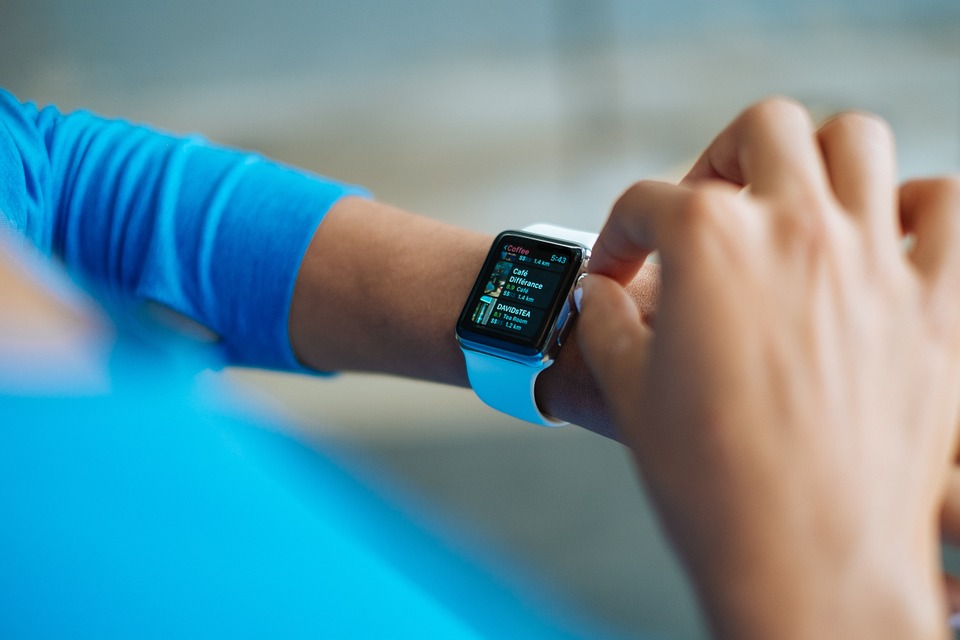Wearable technology can play a vital role in streamlining emergency services, especially when it comes to air ambulances. Imagine this situation: John is out on a mountaineering expedition with a small group of adventurers. Unfortunately for him, there is an avalanche and he is stuck neck deep under the snow. Injured, he is unable to move. The only thing that’s keeping him alive is the hope that air ambulances get to him soon, but he is not even in a position to make a call. Yet, it only takes 15 minutes for an air ambulance to be dispatched, and in the next 30, he is on an air ambulance. How was it all possible?
Wearable Devices Can Contact Air Ambulances
It sounds like science fiction that a simple watch or a device that you wear can actually call air ambulances during emergencies and that too without any intervention from you. How can a device so small be so intelligent? The answer: it is a mix of logic and technology. Here’s how it works – the wearable device continuously monitors the person wearing it. His vital signs such as his heart beat, breathing, temperature, etc, are monitored. When there is a drastic drop in any of the signs; for instance, heartbeat, the device requests the person wearing it to intervene. If he does not intervene, the device assumes that the person is in trouble and automatically sends a signal to emergency services for a response.
There is More to Wearable Technology
Let’s go back t John who is stuck under the snow. The biggest challenge facing air ambulances would be his location. Thanks to the device, it provides the precise location coordinates to the first responders. Not just that, it continuously sends across his vital signs so that they can gauge his health condition on an ongoing basis.
What makes the device so intelligent is a combination of sensors programmed to monitor the vital signs and its ability to communicate using mobile and cloud technology.


